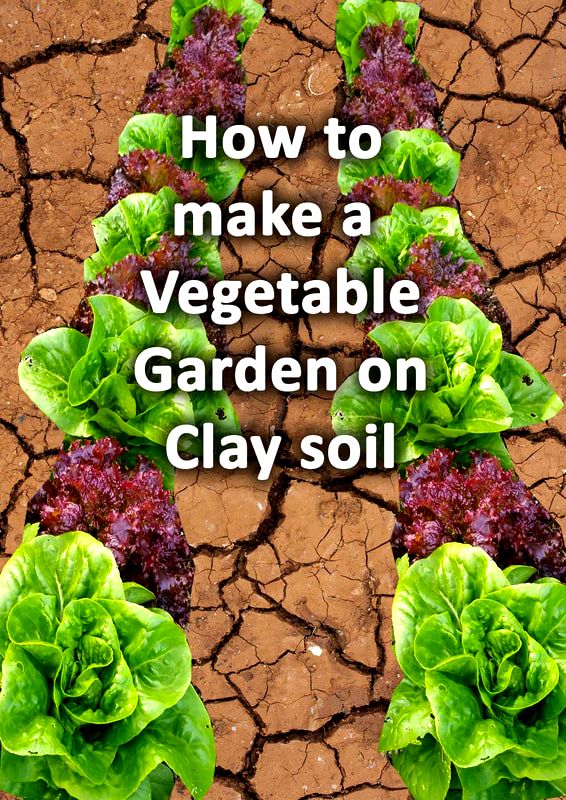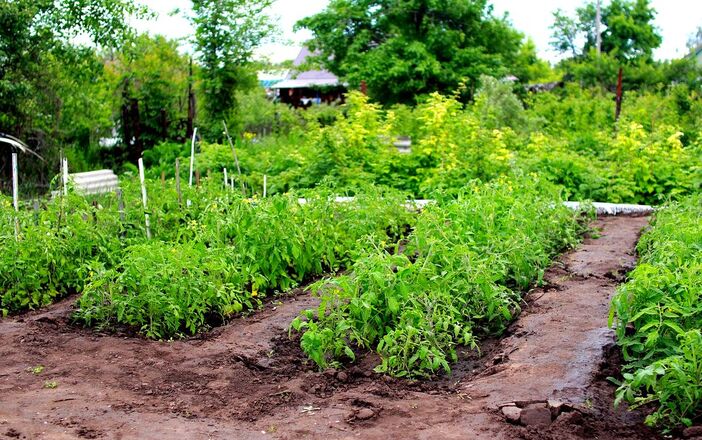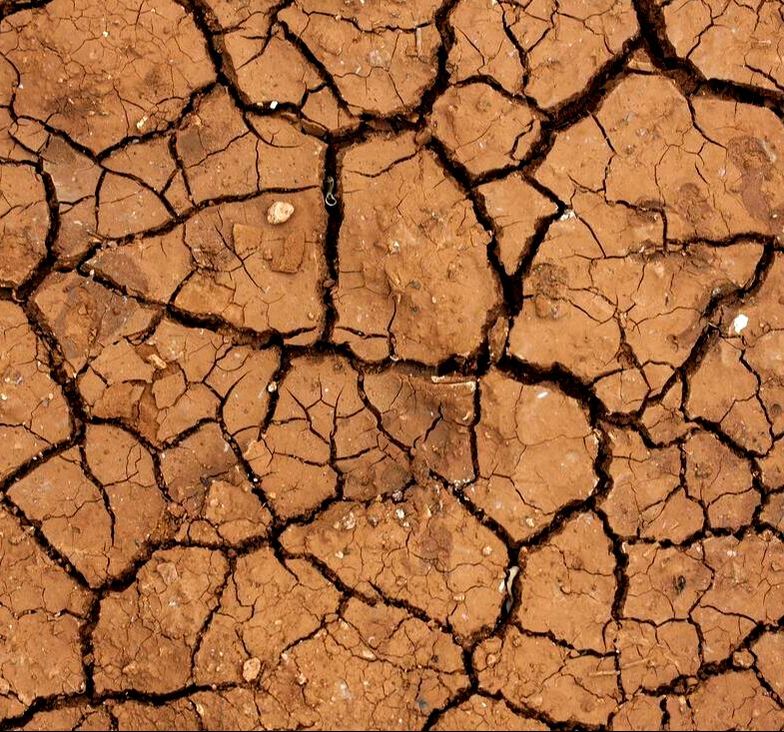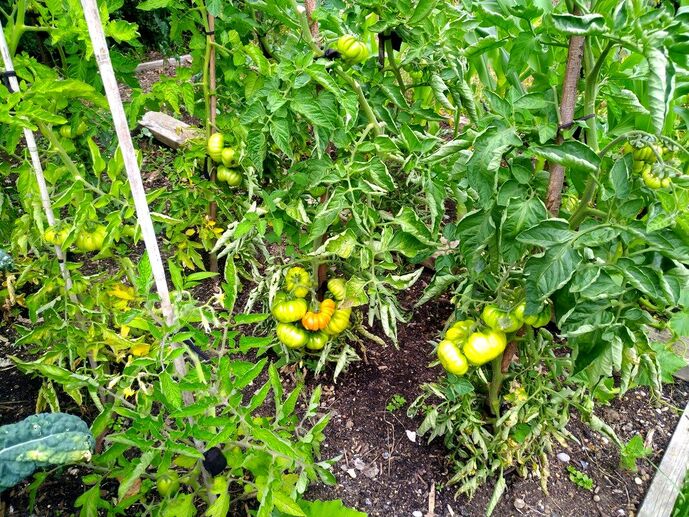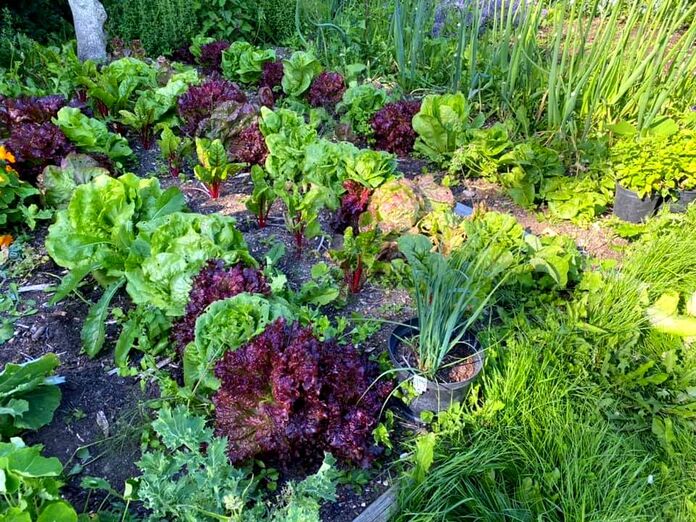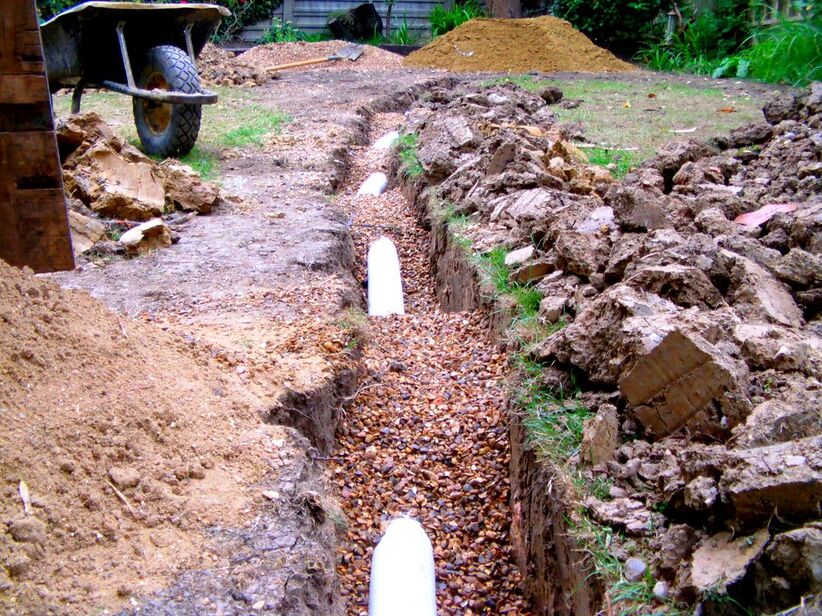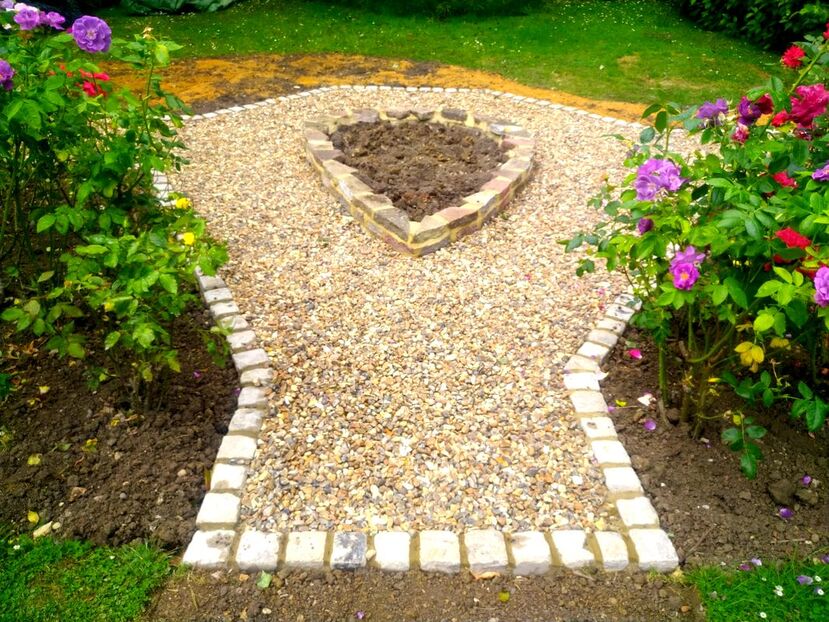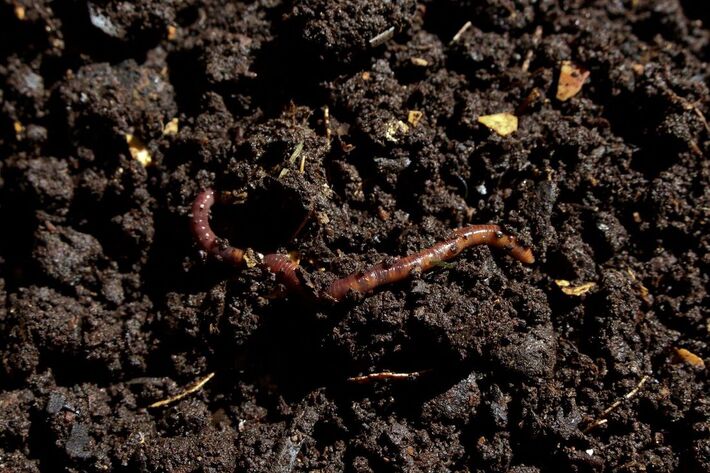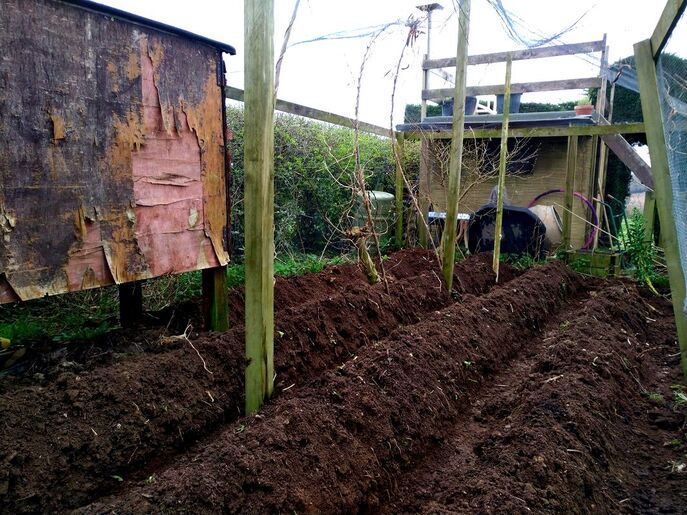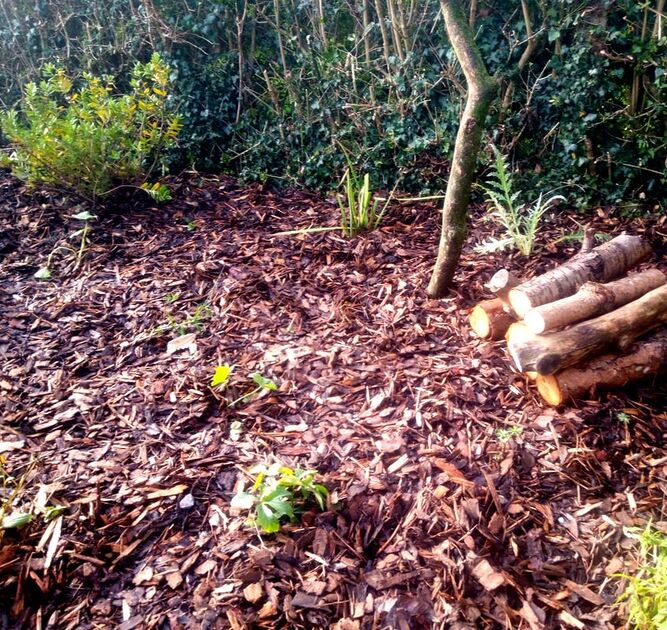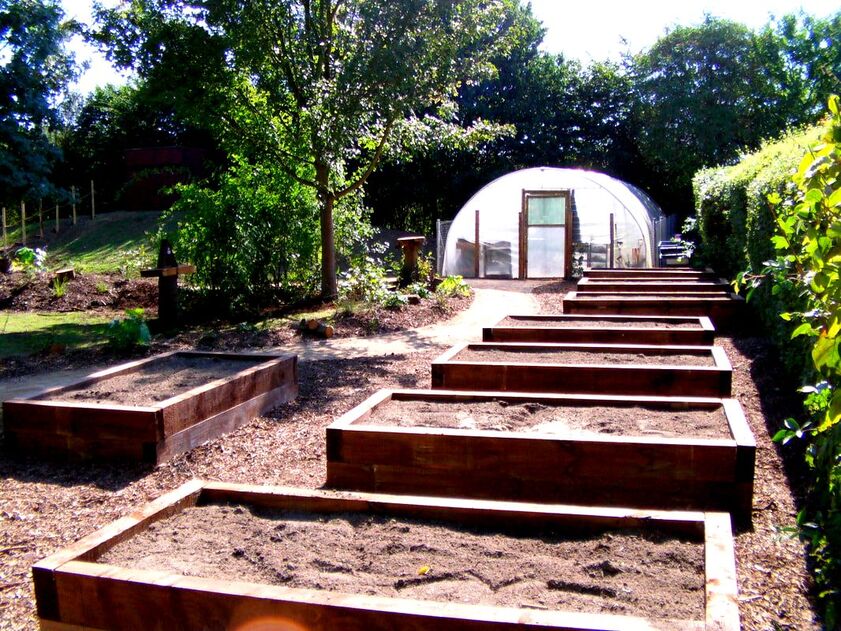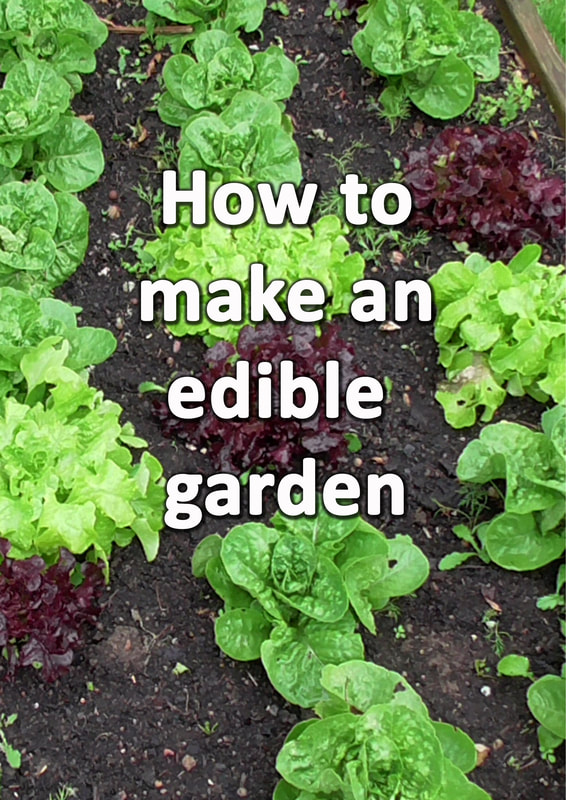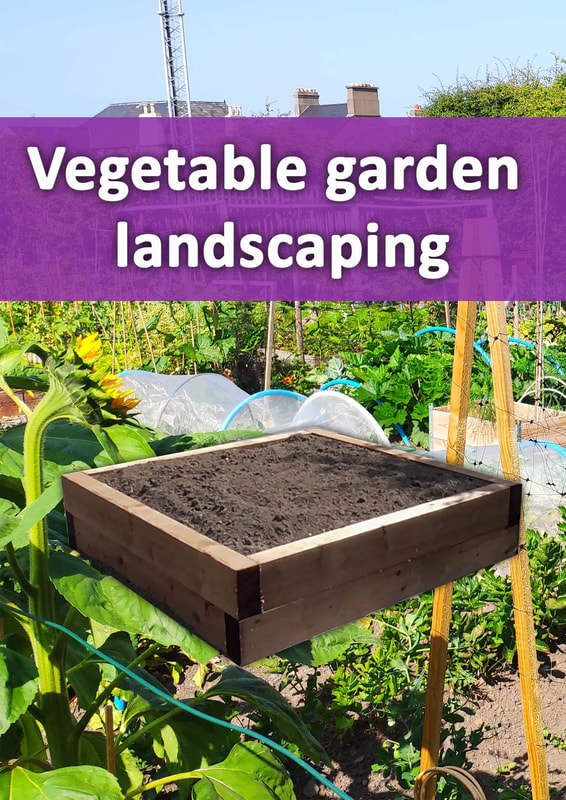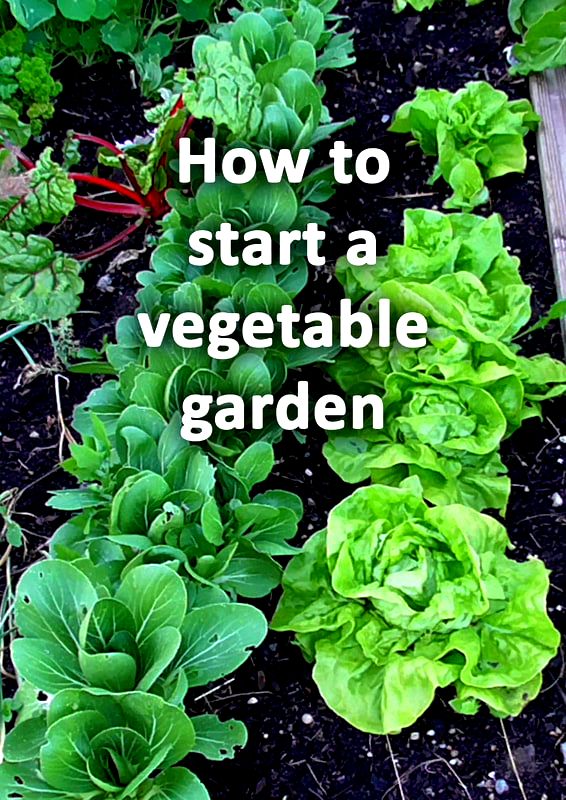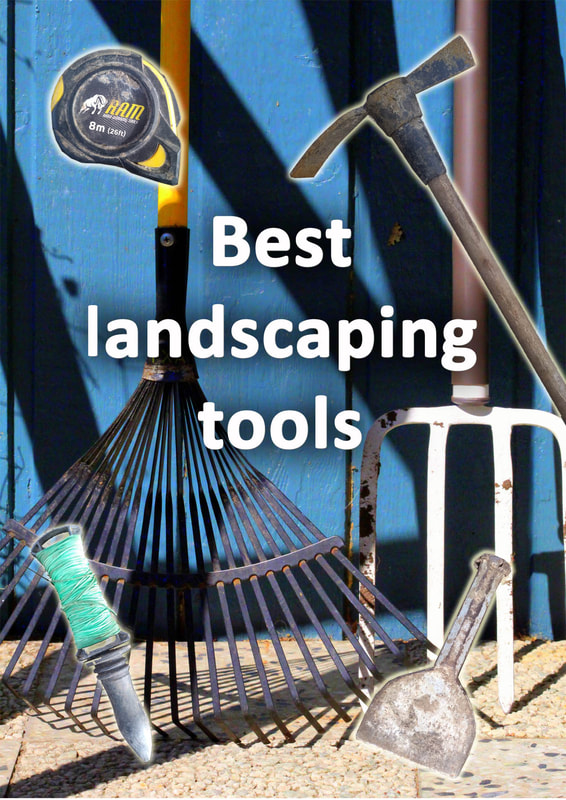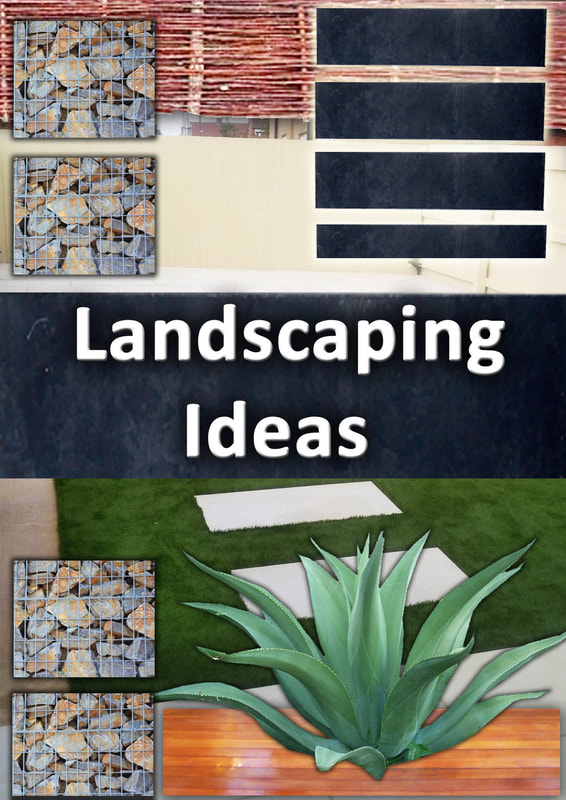|
This article contains affiliate links
There is nothing quite like starting your very own vegetable garden. Vigorous, outdoor exercise combined with nurturing young plants is extremely good for the soul.
When it comes to harvesting the satisfaction of consuming your own produce is immense. The taste is always far superior to anything you can buy at the grocery store! However, getting a vegetable garden productive is not always easy. The soil will need to be conditioned to accept more fertility and reach a fine, crumbly texture.
This can be rather challenging if you have heavy clay soil. It can be challenging to create a vegetable garden on clay soil because clay particles stick together and compact easily.
This can make it difficult to work and reach a good texture for vegetable growing. However, clay soil is not a deal breaker when it comes to growing vegetables. In fact, if treated correctly clay can actually benefit your new vegetable garden. In this article I will explain how to make a vegetable garden on clay soil. Problems with clay soil in vegetable gardens
The main problem with clay soil is its particles are very fine and heavy. This means they can become very sticky and compacted when wet. With significant moisture, content, fluctuations throughout the year clay can become difficult to work. Clay soil can be boggy and sticky in winter and dry and cracked during the summer months. This can lead to very challenging growing conditions for vegetables roots. Benefits of clay soil for vegetable gardensBelieve it or not there can be some advantages of having clay soil in vegetable gardens. Clay soil has a good ability to retain nutrients within its particles. This means, once ameliorated, clay soil can become very fertile for hungry crops. Clay soil also has the ability to retain moisture well under the surface. This can be extremely beneficial during the summer months when vegetables need extra water. Moisture content
One of the first steps to making clay more palatable is reaching a more consistent moisture content. Having a consistent moisture content throughout the season can make clay soil far less volatile. How this is achieved will depend upon the specifics of your site. However, in general, adding free draining particles such as grit and organic matter will help. If your site is naturally very boggy then raising growing areas up and installing drainage can help. Adding drainage
Clay soil which is continuously wet is always a recipe for problems in vegetable gardens. If you have a naturally boggy site you may wish to install some sort of drainage system. Firstly your site will need to be assessed by a professional to see why your ground is so boggy. You could have a naturally high water table or a more manmade drainage issue. Typical drainage solutions for clay soil include; re-levelling, free draining layers, drainage channels and soakaways. If you need to install drainage for a vegetable garden and local to Buckinghamshire why not contact us? Mixing in free draining material
One of the most crucial elements of making clay soil better for vegetable growing is permeability. The roots of vegetables need to reach down deeply to access nutrients and anchor themselves. One of the most effective ways of doing this is mixing in free draining material. These typically include coarse or sharp sand and grit. When these are well mixed in they can stop clay particles sticking together. This can help to open up the soils structure and improve drainage. Invigorating soil ecosystems
The importance of soil life has been underestimated for many years. The Billions of soil bacteria, fungi, insects and invertebrates continuously work to keep soil healthy and productive. If you want to make clay soil better for growing vegetables you will need to boost soil ecology. The best ways of doing this is to not use chemicals and apply organic matter to the soil. Mycorrhizal fungi
Taking the concept of boosting soil life step further mycorrhizal fungi is extremely important for healthy soil. These fungi can form symbiotic relationships with plants which are mutually beneficial. The fungi can aid plants to absorb nutrients easily and help to spread those nutrients around. It has been speculated that this process helps to break up heavy clay soils. Mycorrhizal fungi can now be purchased in dry form and added to your soil. Products likeRootgrow contain many different varieties of beneficial fungi which can benefit your soil. Digging in Organic matter
One of the best things you can do for a vegetable garden on clay soil is adding organic matter. Organic matter adds nutrients and improves the structure of the soil. Clay soil with plenty of organic material mixed in rarely becomes sticky and compacted. This is because the organic material stops the clays particles from sticking together. The organic material feeds microorganisms within the soil adding oxygen and air pockets. This leads to a more fertile clay soil which is easier to work. Organic matter includes well rotten manure, compost, composted leaves or even wood chippings. Mulching
Quite a big problem with clay soil is it can become baked solid during the summer months. This is because the sun dries out the top layer causing it to shrink and compact.
One of the best ways to mitigate this is with mulching. Mulching protects the soils surface from direct sunlight during the summer months. This helps to keep the soils temperature and moisture content stable. As the mulch breaks down it will slowly feed soil ecology below. Mulching vegetable gardens on clay soil will also stop weeds from establishing. Double digging
Very often with clay soils it is not just the top soil layer which can be an issue. Heavy soils form a compacted layer called a hardpan which typically sits around 1 metre deep. This hardpan layer can be impervious to both water and nutrients. Consequently in vegetable gardens on clay soils it is beneficial to break through this layer. The best way to do this is with double digging! Double digging involves excavating the soil down deeply until you reach a compacted hard layer. This is then broken up and mixed with a generous heap of well rotten manure. This will encourage plants to set their roots down deeply to reach water and nutrients. This will make your vegetable garden much more productive! Build raised beds
By far the most effective way to create a vegetable garden on clay soil is by building raised beds. This allows the underlying clay to retain moisture and nutrients for the plot. Filling the bed with compost rich soil will provide plenty of fertility and a deep root run for vegetables to grow large and healthy. Building raised vegetable beds will also allow for plenty of drainage on heavy clay soils. Raided beds can be built using, concrete, brick or thick timber such as sleepers. Which vegetables like clay soil?
There are plenty of vegetables which do actually like clay soil as long as the soil is fertile. Some of these include:
Thank you for reading our article on how to make a vegetable garden on clay soil. If you would like help planning and installing a vegetable garden why not contact us here.
Below we have included some other relevant articles you may find useful.
'As an Amazon associate I earn from qualifying purchases'
0 Comments
Leave a Reply. |
The Author
|
Landscaping services across Buckinghamshire, Amersham, Aylesbury & High Wycombe
Hyde Heath, Amersham, Buckinghamshire |
|
